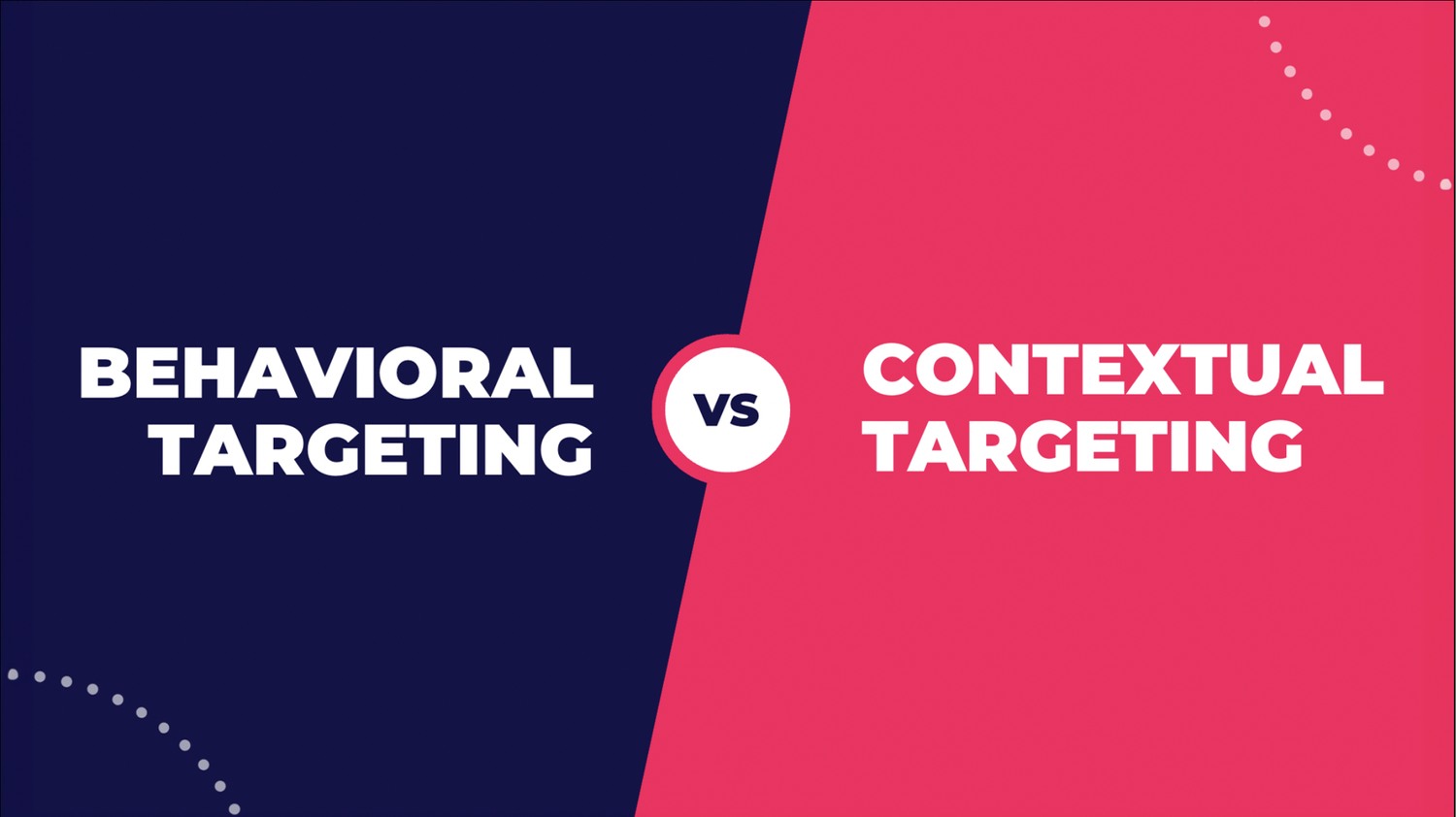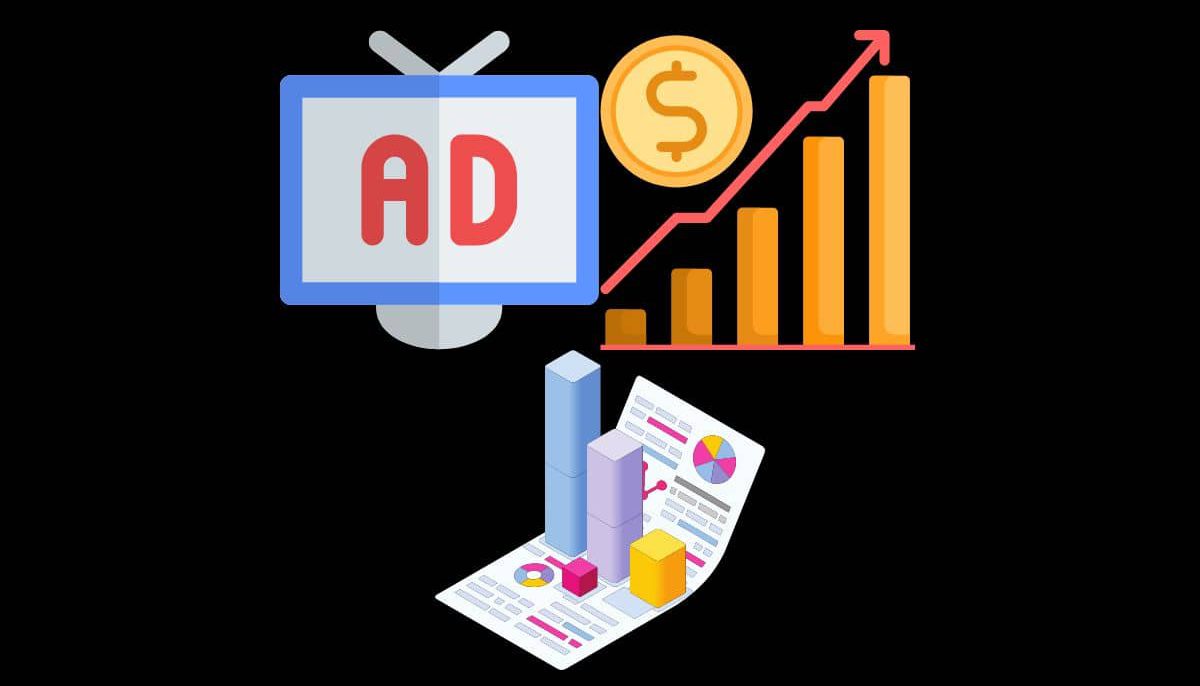In the ever-evolving world of digital advertising, two strategies stand out for their effectiveness in reaching the right audience: behavioral targeting vs. contextual targeting. Each approach offers unique advantages and serves different purposes in an advertising campaign. Understanding the nuances of these targeting methods can help marketers make informed decisions and optimize their ad strategies. Let’s explore the differences between behavioral targeting and contextual targeting and determine which might be the best fit for your modern advertising needs.

1. What is Behavioral Targeting?
Definition and Mechanism: Behavioral targeting involves analyzing users’ past behaviors, interests, and online activities to deliver ads that are tailored to their preferences. This method relies on data collected from users’ browsing history, search queries, and interactions with content to predict their future behavior and interests.
Key Features:
- Data-Driven: Behavioral targeting uses data analytics to track user behavior across various platforms. This includes monitoring website visits, click patterns, purchase history, and more.
- Personalization: Ads are customized based on the individual’s past behavior. For example, if a user frequently searches for fitness equipment, they might see ads for gym gear or workout programs.
- Retargeting Capabilities: Behavioral targeting allows for retargeting, where ads are shown to users who have previously interacted with a brand or website but did not complete a desired action, such as making a purchase.
Advantages:
- Increased Relevance: Personalized ads based on past behavior are more relevant to users, leading to higher engagement and conversion rates.
- Enhanced Efficiency: By targeting users who have already shown interest in specific products or services, behavioral targeting can reduce ad spend and increase return on investment (ROI).
Challenges:
- Privacy Concerns: Collecting and analyzing user data raises privacy issues. Users are becoming increasingly aware of data tracking practices and may have concerns about their personal information being used.
- Complexity in Data Management: Managing and analyzing large volumes of behavioral data requires sophisticated tools and expertise.
2. What is Contextual Targeting?
Definition and Mechanism: Contextual targeting focuses on the content of the webpage or environment where the ad is displayed. This method involves placing ads based on the context of the content being viewed rather than user behavior.
Key Features:
- Content-Based: Ads are matched with the content of the page. For instance, an ad for a new recipe book might appear on a food blog or cooking website.
- Keyword and Topic Targeting: Contextual targeting uses keywords and topics to determine where ads should be placed. It looks at the keywords in the content to ensure that the ad is contextually relevant.
- No User Data Required: Unlike behavioral targeting, contextual targeting does not rely on user data or tracking. Ads are placed based on the relevance to the content rather than the user’s personal history.
Advantages:
- Privacy-Friendly: Since contextual targeting does not rely on user data, it addresses privacy concerns and complies with regulations like GDPR and CCPA.
- Immediate Relevance: Ads are placed in contexts where the content is directly related to the ad, making them relevant to the current content being consumed.
Challenges:
- Limited Personalization: Contextual targeting lacks the personalization that comes with behavioral targeting. It doesn’t account for the individual user’s past behavior or preferences.
- Variable Effectiveness: The effectiveness of contextual targeting can vary depending on how well the ad matches the content. It may not always reach the most relevant audience.
3. Comparing Behavioral and Contextual Targeting
Audience Reach:
- Behavioral Targeting: Targets individuals based on their behavior and interests, potentially reaching a more specific audience with high intent.
- Contextual Targeting: Reaches users based on the relevance of the content they are currently viewing, which can be effective for capturing attention in specific contexts.
Ad Relevance:
- Behavioral Targeting: Offers high relevance through personalized ads that match users’ interests and past behaviors.
- Contextual Targeting: Provides relevance based on content alignment but may lack the depth of personalization found in behavioral targeting.
Privacy Considerations:
- Behavioral Targeting: Raises privacy concerns due to data collection and tracking practices.
- Contextual Targeting: More privacy-friendly as it does not rely on user data, making it a safer option in terms of compliance.
Cost Efficiency:
- Behavioral Targeting: Can be more cost-efficient by targeting users who have already shown interest, potentially leading to higher conversion rates.
- Contextual Targeting: May have varying cost-efficiency depending on the accuracy of content matching and the competitive landscape of keywords.
4. Choosing the Right Approach
Consider Your Goals:
- Behavioral Targeting: Ideal for campaigns focusing on personalization, retargeting, and driving conversions based on user interests and behaviors.
- Contextual Targeting: Suitable for reaching users based on the content they are engaging with, especially when privacy concerns are a priority.
Blend Both Strategies:
- Combining behavioral and contextual targeting can offer a balanced approach, leveraging the strengths of both methods. For example, you can use contextual targeting to place ads in relevant content and behavioral targeting to refine and retarget those ads based on user interactions.

Conclusion
Both behavioral vs. contextual targeting have their unique strengths and applications in modern advertising. Behavioral targeting excels in personalization and relevance based on user data, while contextual targeting offers a privacy-friendly approach by focusing on the content context. The choice between these strategies depends on your specific advertising goals, audience preferences, and privacy considerations. By understanding the advantages and challenges of each approach, you can create a more effective and targeted advertising strategy.
For expert advice on optimizing your advertising strategies, contact MyHoardings:
- Email: business@myhoardings.com
- Phone: +91-9953847639
- Website: www.myhoardings.com
Let MyHoardings help you navigate the complexities of modern advertising and achieve your campaign goals with precision and effectiveness!
Ways to enhance presence over the Internet –
|
Bus Shelter / OOH Advertising locations In Mumbai
| Name Of Bus Stop | Category | Locality/Landmark | Dimensions |
|---|---|---|---|
| Bandra West | Bus Shelter | St. Peter's Church (BOI), Opposite St. Stanislaus School | Front Panel - 20 W x 3.11 H Ft. , Back Drop(3 Nos) - 5.10 W x 3.6 H Ft., Side Panels(2Nos) - 4.5 W x 3.11 H Ft. |
| Juhu | Bus Shelter | Juhu S.Parulekar Marg | 179 Sq. Ft. |
| Mulund West Mumbai 22275 | Bus Shelter | Hindustan Chowk, Durgha Road, Mulund (W) | 142 |
| Andheri East Mumbai 28546 | Bus Shelter | Outside Mirador Hotel | Front Panel - 19.2 W x 3.1 H Ft. , Back Drop(3 Nos) - 5.8 W x 3.4 H Ft., Side Panels(2Nos) - 3.6 W x 3.1 H Ft. |
| Bandra West Mumbai 28501 | Bus Shelter | Opposite Tava Restaurant | Front Panel - 19 W x 4 H Ft. , Back Drop(3 Nos) - 5.8 W x 3.4 H Ft., Side Panels(2Nos) - 4 W x 4 H Ft. |
| Worli Mumbai 28512 | Bus Shelter | Near Phoenix Mills Mall, Lower Parel | Front Panel - 18.11 W x 4 H Ft. , Back Drop(3 Nos) - 5.9 W x 3.5 H Ft |
| Ghatkopar East Mumbai | Bus Shelter | Ghatkopar M.G.Road after Shoppers Stop ,Income Tax | 173 Sq. Ft. |
| Mankhurd Mumbai, Maharashtra | Bus Shelter | Mankhurd Stn Road, Mankhurd | 148 |
| Khan Abdul Gaffar Khan Road Mumbai | Bus Shelter | Worli Seaface Road | 176 Sq. Ft. |
| VN Purva Rd Mumbai | Bus Shelter | Narmadeshwar Mandir | 148 |



